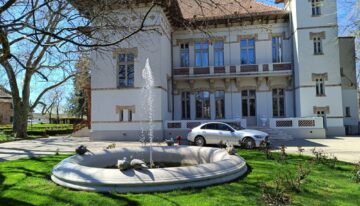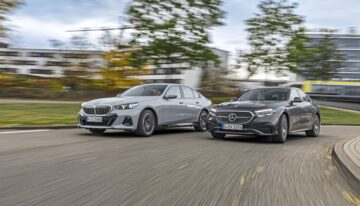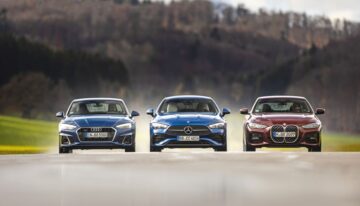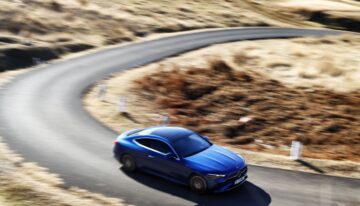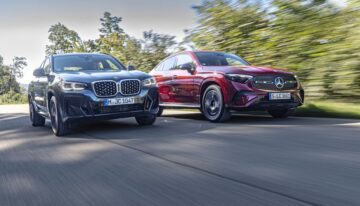The F 100 was the first car of the “F” series, presented in 1991 at the North American International Auto Show in Detroit, USA, as Mercedes-Benz wanted to break new grounds in ergonomics, safety and comfort.
As you can probably judge from the pictures, the F100 concept was designed as a MVP-style vehicle which used a sandwich-floor assembly that lacked the B-pillars.
The list of innovations brought by the F100 concept is quite long, and it starts with the servo-assisted doors: the front ones hinged open forwards at an inclined angle, while the rear doors slid open backwards parallel with the sides of the vehicle.
Other particularly striking features were the single central front seat for the driver, the spacious accommodation for six occupants and the three-point seat belts integrated in the seats.
Regarding the powertrain, Mercedes-Benz decided that the F100 concept should be powered by a four-stroke spark-ignition engine with six cylinders and 2.6 litres displacement. The engine delivered 194 hp to the front axle via a three-speed automatic transmission.
Further innovative features included voice control, autonomous intelligent cruise control, an automatic emergency call system and a linear wiper, which swept the windscreen from side to side.
It might have looked like a vehicle able to time-travel at that time, but many of the innovations presented by the F100 concept are a production reality today. For example, we must mention the autonomous intelligent cruise control launched under the name DISTRONIC in 1998 in the Mercedes-Benz S-Class (W 220) and the solar cell roof showcased for the first time with the panoramic roof of the Maybach 62 in 2002.
In addition, the F100 featured gas-discharge headlights – launched into production under the name xenon lights in the Mercedes-Benz E-Class W 210 back in 1995 – chip card instead of car keys and rain sensors.






















